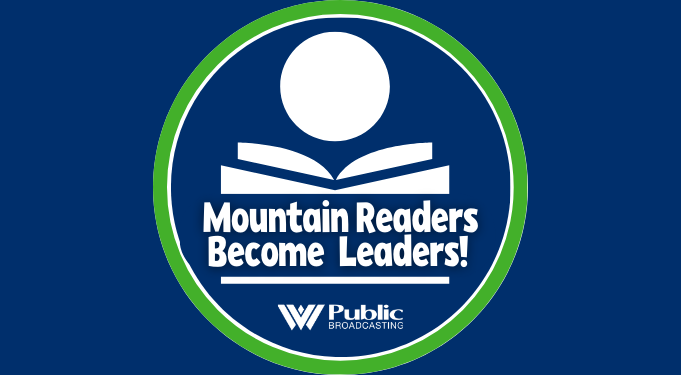Scenic Railway, Wild Mushrooms And Italian Sausage, Fall Favorites Inside Appalachia
This week, hop aboard the Cass Scenic Railroad for a visit with the people who keep the steam trains running. Also, we head to the woods and take a master class in foraging for wild mushrooms. And, the makers of Angelo's Old World Italian Sausage still use a century-old family recipe. Customers love it.
Continue Reading Take Me to More News





















